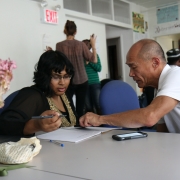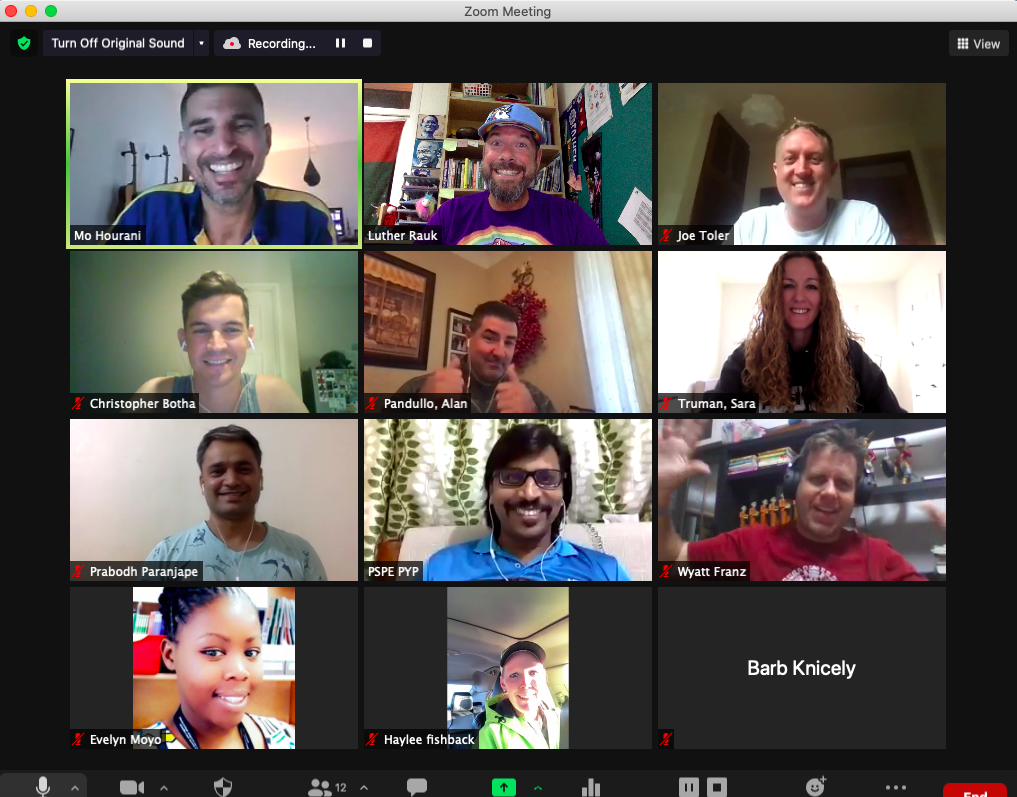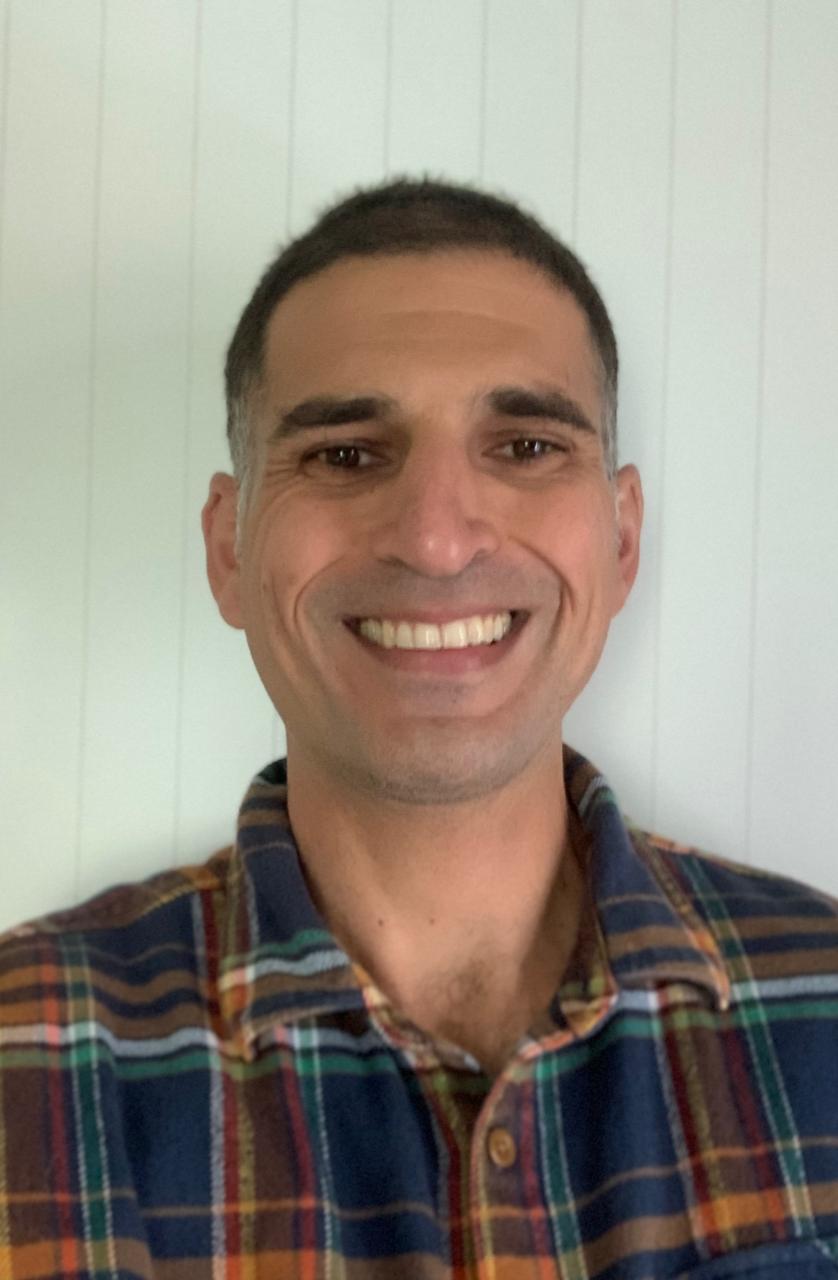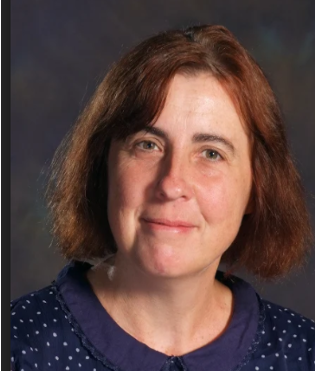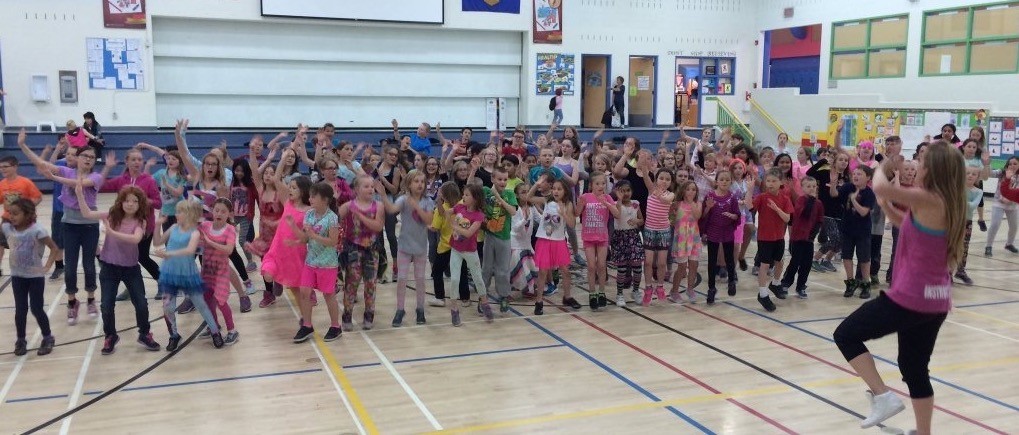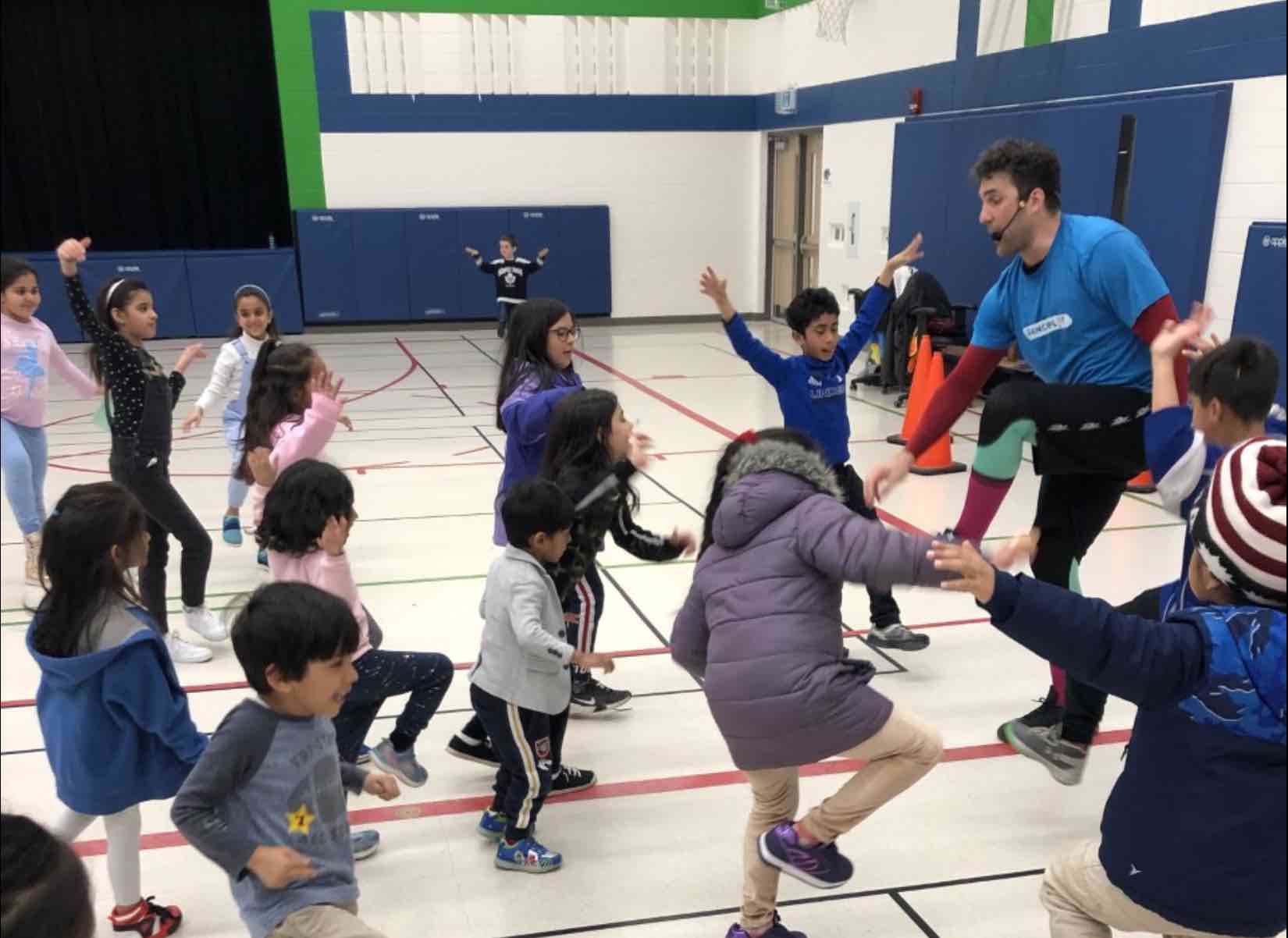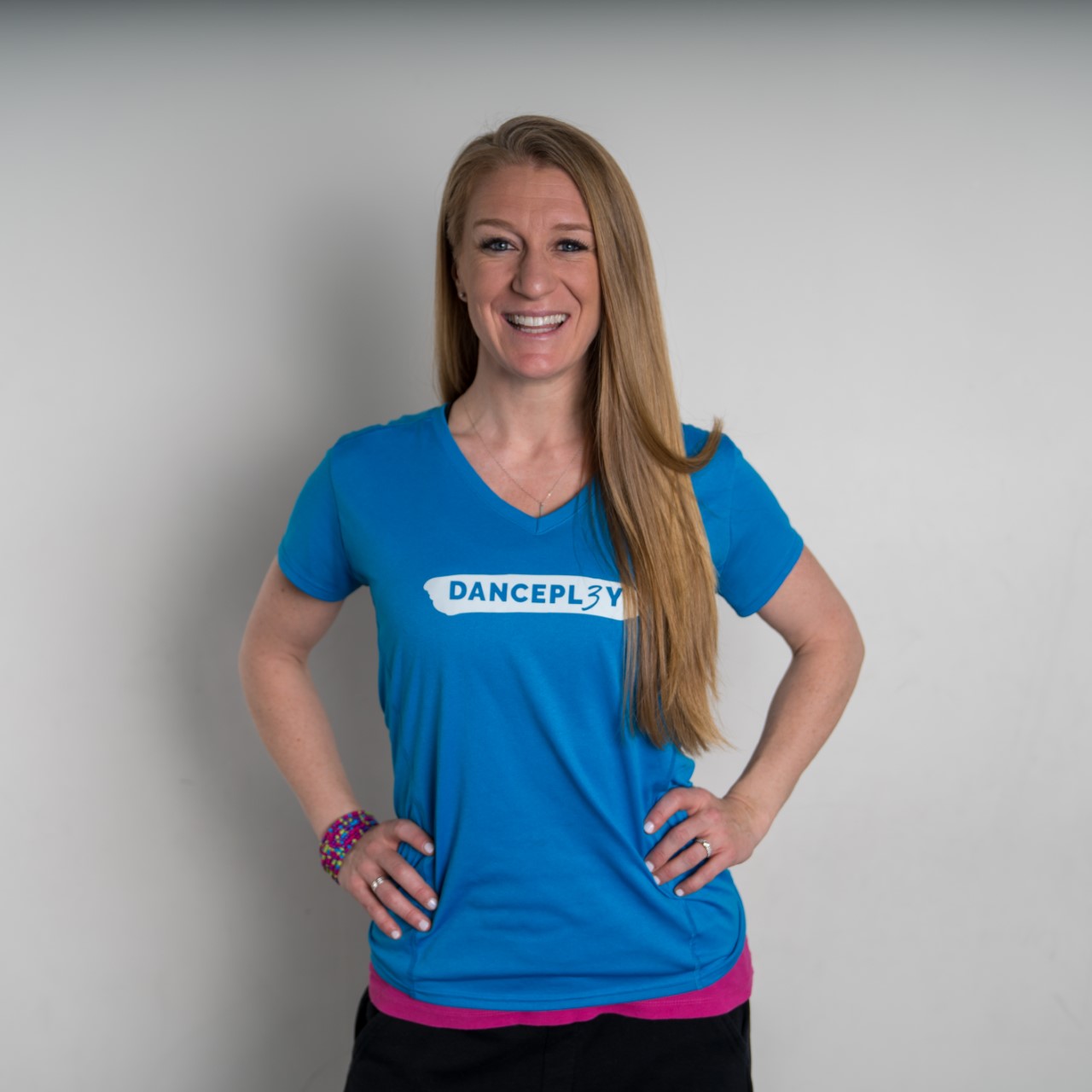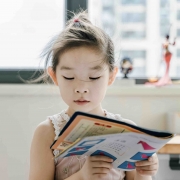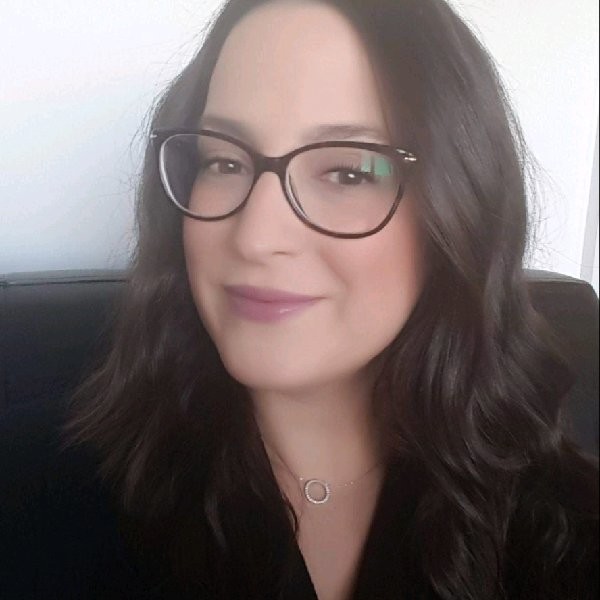Mentoring Matters
Mentoring Matters
Fran Prolman, founder, president, and senior consultant, The Learning Collaborative
The term “Mentor” originated from Homer’s The Odyssey. As the story is told, Athena took on the likeness of Mentor, Ulysses’ trusted friend, and was given the responsibility of nurturing Ulysses’ son, Telemachus when Ulysses went off to fight in the Trojan War. “Mentor” has since come to symbolize a trusted friend, guide, and counselor. Literature often illustrates the mentor-protégé relationship, and in reality, examples of mentors and protégés exist in business, the arts, sciences, the military, education, and additional areas too numerous to mention. These relationships are characterized by the gaining of skills and competencies in an atmosphere of support, commitment, encouragement, and trust.
It is a well-known fact that those who are mentored outperform and out-earn those who are not. They get promoted more often and report lower burnout rates. Their influence withstands the test of time. For example, the famed poet Maya Angelou has sung about “standing on the shoulders of giants”, and that those giants were a part of her, holding her up every day of her life. When I think about my own career and professional development, I am forever grateful for and indebted to the mentors who paved the way, opened doors, invested in me, and without question, were instrumental in the development of who I am today. Maya Angelou was right. My mentors were giants, and I have wonderful ‘conversations’ with them in my mind almost daily. Even though most of them have passed on, they are still a part of me, coaching, cheering, and suggesting; reminding, encouraging, and strengthening my courage and self-trust. Because those mentors were so wise, inspiring, and meaningful to me, I wrote my doctoral dissertation on mentorship and dedicated it to them (The Mentor-Beginning Teacher Interaction: Teacher perceptions and characterizations of the colleague teacher relationship. Prolman, The George Washington University). You do not want to miss experiencing this powerful relationship for yourself.
If sheer luck hasn’t yet dropped a mentor into your lap (i.e., a boss who sees something special in you; a colleague who has taken you under their wing; a work acquaintance who sees a piece of you in their former self and feels connected to you), you have an opportunity to go and find one. Keep your eyes open, build relationships and create the world you envision for yourself. People often ask me what they should seek in a mentor. There are five steps you should consider as you are on the hunt for great mentors.
1.What is your goal?
Let’s begin with what you are envisioning for yourself. If you are looking five years down the road of your professional self what do you see yourself doing? Where do you want to be? What is your goal? Start with identifying a short-term goal. Along the way, your goals might change further down the road into a long-term goal you have not yet considered. As you are thinking about your short-term goal, look around and see who is currently in the role you envision for yourself. Get to know that person. Seek their advice. Ask for some coaching or an informational interview. Continue to check in with them periodically. When you feel like a sincere relationship has been built or a real connection has been made, you might cautiously consider asking if they might be willing to become a mentor or leadership figure from whom you might learn.
2. Plan a plan
French author Antoine de Saint-Exupery once said “A goal without a plan is just a dream”. This is your opportunity to plan to earn whatever credentials and training will be helpful to support your next step in your goal-seeking. Do you need certain endorsements? Administrative training? Coaching? Becoming a mentor, yourself? Investigate the possibilities for particular learning experiences or internships. Add these experiences to your resumé which shows your seriousness of intention. Create opportunities with people who know more than you and are already doing the job you envision for yourself. Interview them. Ask about what their learning journey was like. Ask if they might be willing to coach you or answer questions along the way.
3. Strengthen and embrace your “inner circle”
Within your inner circle is the unconditional people who are always in your corner. They love you even when you are overtired, short-tempered, and snarky. They embrace your vulnerabilities and believe in you even when you forget to believe in yourself. They remind you of your great capacity when you are blinded by self-doubt. They reframe your tendency to beat yourself up to be exchanged with a celebration of your great skills and potential. They see you as a “glass always half-filled” when you might only see yourself as “a glass-half-empty”. They are your cheerleaders. Sometimes they are your parents or siblings. Sometimes they are your parents or siblings “of choice”. They can be a soul-mate friend who has earned your trust over a period of time and who has trusted you to that same depth over the years. Quite simply, they are “your person/people” to celebrate with or cry with. They tell you the truth. They are present no matter what.
4. Build your “middle circle”
While there are only a select few who belong in your inner circle, your middle circle can be a bit broader. They include your closest work colleagues. You don’t share your inner-most secrets, most vulnerable and personal parts of yourself to them. However, they know your professional self to your core, and you have a real intellectual connection with them. You collectively celebrate your working together with creativity, flexibility, and joy. You feel blessed to work with them, and they feel equally blessed to work with you. You all pinch yourselves with the amazing good fortune of having the privilege to learn from each other and work together at the same place at the same time. You know that this time is a gift because it won’t always be so. These professional connections withstand the test of time.
5. Build your “outer circle”
When building your outer circle, you begin to play a strategic game of intellectual chess. Stare at your metaphorical chessboard. Who are the people you wish you could be connected to? Who are the people you know who are already connected with them? Perhaps you can ask for an introduction, online or otherwise. I just had this “chess game” conversation yesterday with someone I am mentoring. I know her goals, and who she should be talking to. She didn’t know them or even of them. I offered to send an e-introduction along with a note singing the praises of my protégé. She can take it from there. Outer circle people take the form of sponsors, generous people who are willing to make introductions, who believe in “giving it back” to a field that has given them so much along the way. They are paying it forward by investing in you.
I think about Erik Erikson’s “Theory of Generativity” when he discusses the need for people who are successful and established in their fields to feel like their journey has meant something beyond themselves, that they can have some sense of legacy or influence when they are long gone. Those people have a need to invest in someone who is rising in the ranks. Your job is to identify who those people might be. Build a personal “Board of Directors and Sponsors”. Strategically study the people whose work you admire, and analyze the degrees of separation between you. Who might be in your orbit who can close the gap? When I finish reading a book that has moved me and my thinking, when I have come to admire and embrace the author wishing I could invite them to dinner to continue the conversation, I always write them to let them know how much their thinking has inspired me. I don’t do that for any manipulative purpose. I do that because I believe in singing the praises of other people and formally acknowledge and appreciate the great work of others from whom I have gained inspiration. Almost always, the author writes back to me. Sometimes we have a few rounds of back and forth engagement. In a few instances, we have become friends and collaborators, people in my outer circle.
The Big Picture
When looking back on the inner, middle, and outer circle people of my life, whether they are alive in this world or passed on to their final resting place, they are in me, a part of me, talking to me and keeping me company. I hear their messages. I repeat their sayings in my mind. There is no question that I am who I am today because of their investment in me. You do not want to miss the opportunity to build this richness for yourself. You are invited to raise your consciousness to the power of mentors and sponsors. You are asked to embrace your intentionality as an opportunity to envision and build your world with the right people in it. You get an opportunity to use specific skills like strategically building an inner, middle, and outer circle for expanding your capacity, making your goals a reality and learning from people who invest in your continuous learning path.
For those of you in Erikson’s last stage of generativity, be generous with your learning, coaching, and sponsoring someone newer to the profession. For those of you looking ahead to what could be an intimidating or lengthy road ahead, go on a “seek and find” mission to build your support system. You won’t be sorry.
What do you think about the points raised in this article? We’d love to have your thoughts below.
ABOUT THE AUTHOR

Fran Prolman, the founder, president, and senior consultant of The Learning Collaborative, is an internationally recognized teacher, administrator, author, consultant and keynote speaker. She is known for her depth of knowledge, dynamism, energy, practical application, and proven track record of results. Fran earned her Doctorate in Teacher Training, International Education and Organizational Development from George Washington University and a Master’s degree in Educational Administration and Curriculum and Instruction from the University of Pennsylvania. She has been a two-time Fulbright Scholar in both India and Israel and has presented numerous papers, workshops, and keynote speeches nationally and internationally.
Fran brings you 30 years of experience providing multifaceted work with organizations and school systems throughout the United States and the world. She was the first Understanding by Design cadre trainer designing curriculum training throughout the United States, a faculty member for ASCD, and the senior consultant at Research for Better Teaching training trainers and educating thousands of administrators and teachers in effective learning practice. Fran focuses on building human capacity through a variety of avenues. She facilitates leadership retreats for teachers, administrators, and executives; delivers organization-wide keynote speeches and workshops, coaches to build highly functional teams; assists organizations and teams in the appropriate use of data, designs professional growth and evaluation systems, and brings insight to the change process.
She is a frequent presenter for the U.S. Department of State, European Council of International Schools, the Association for Supervision and Curriculum Development, Central and Eastern European Schools Association, Near East South Asia Association of International Schools, African Association of International Schools, the Tri-Association for the Caribbean and Central America and numerous client school systems in the United States. Fran is the author of the bestselling books, Building Your Instructional Leadership and Transforming Schools: Leading and Learning in Complex Systems. Her latest book Women in Leadership: Self-Trust, Self-Care, and Courage has just been published.
www.thelearningcollaborative.com
Twitter: @drfranny1

